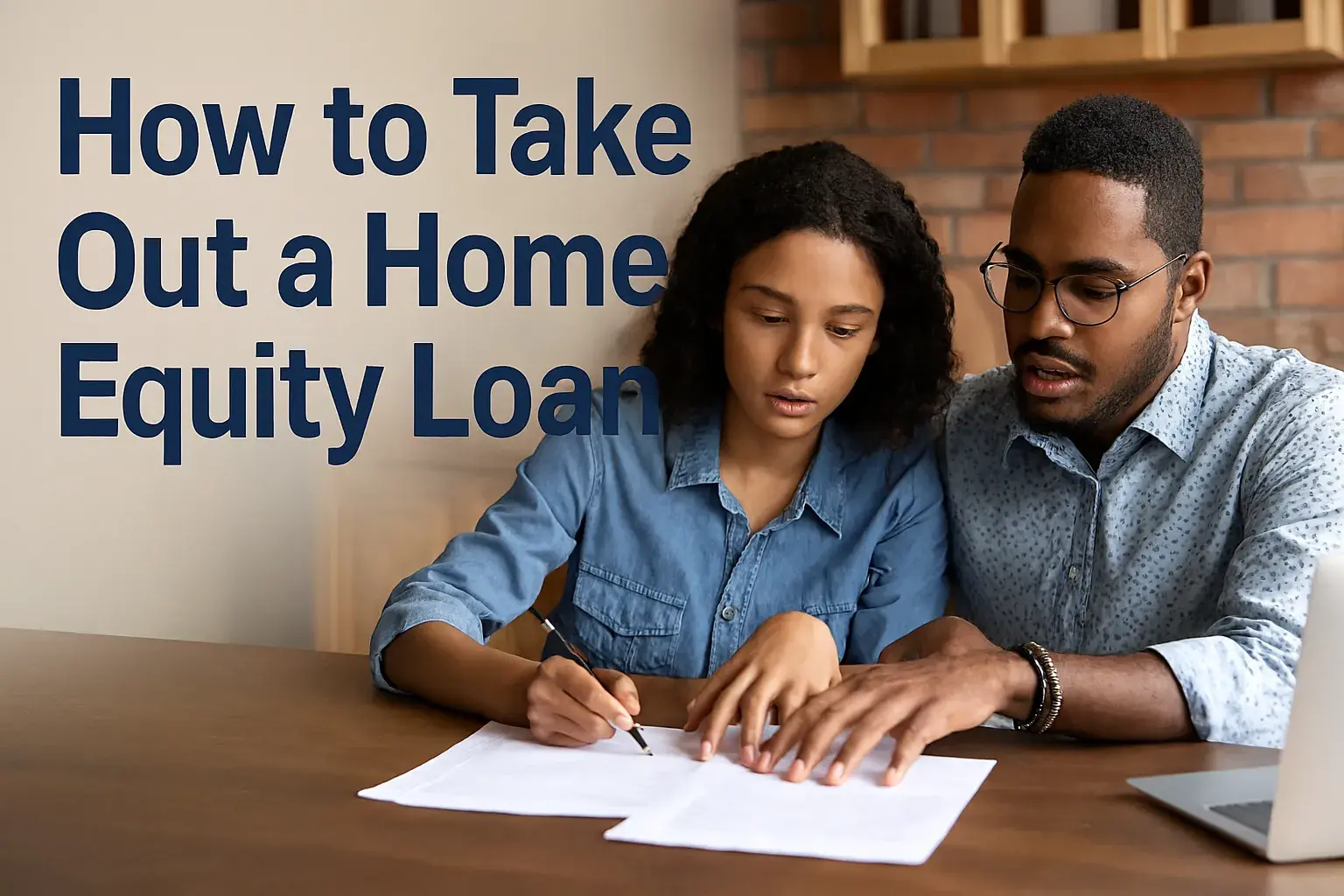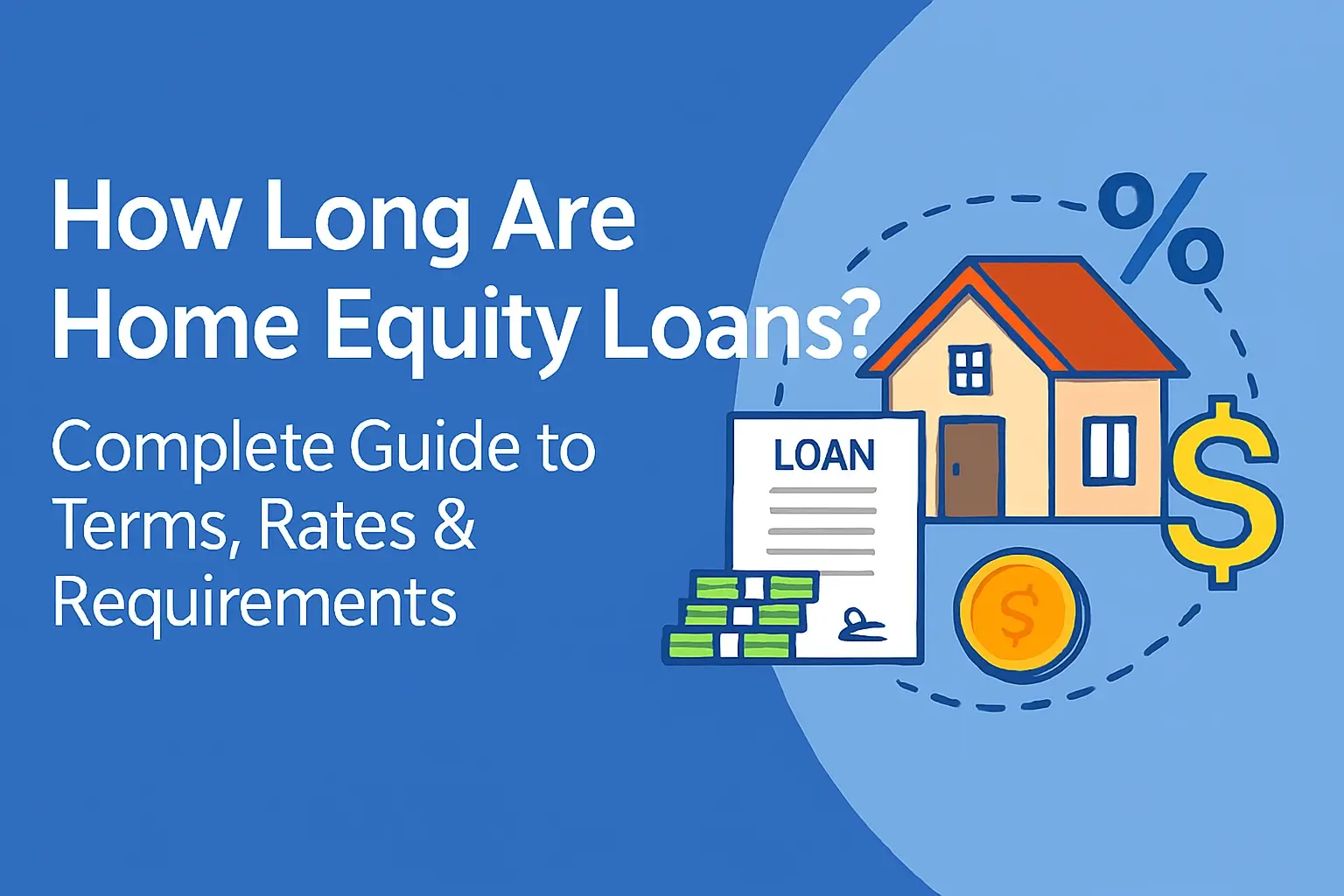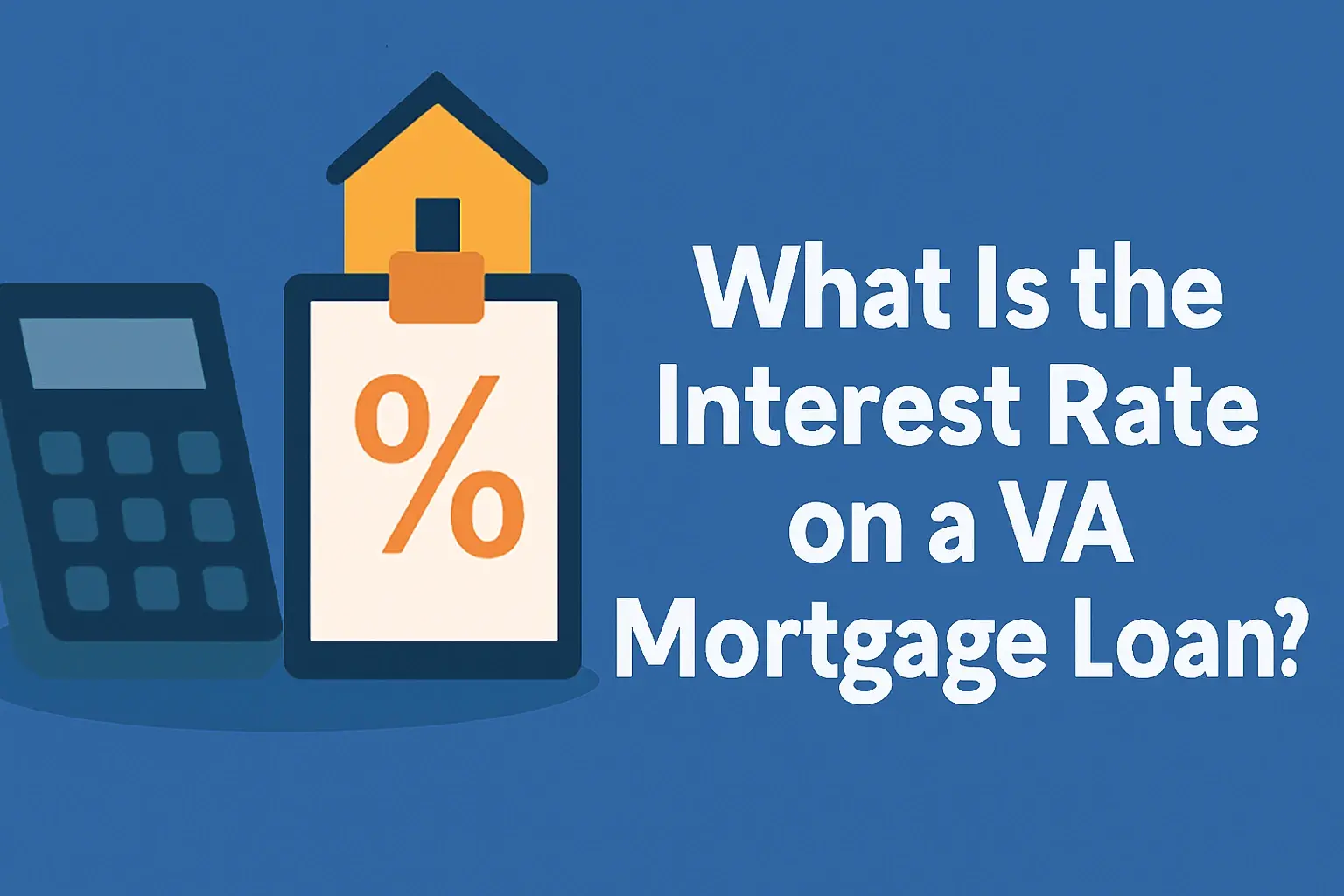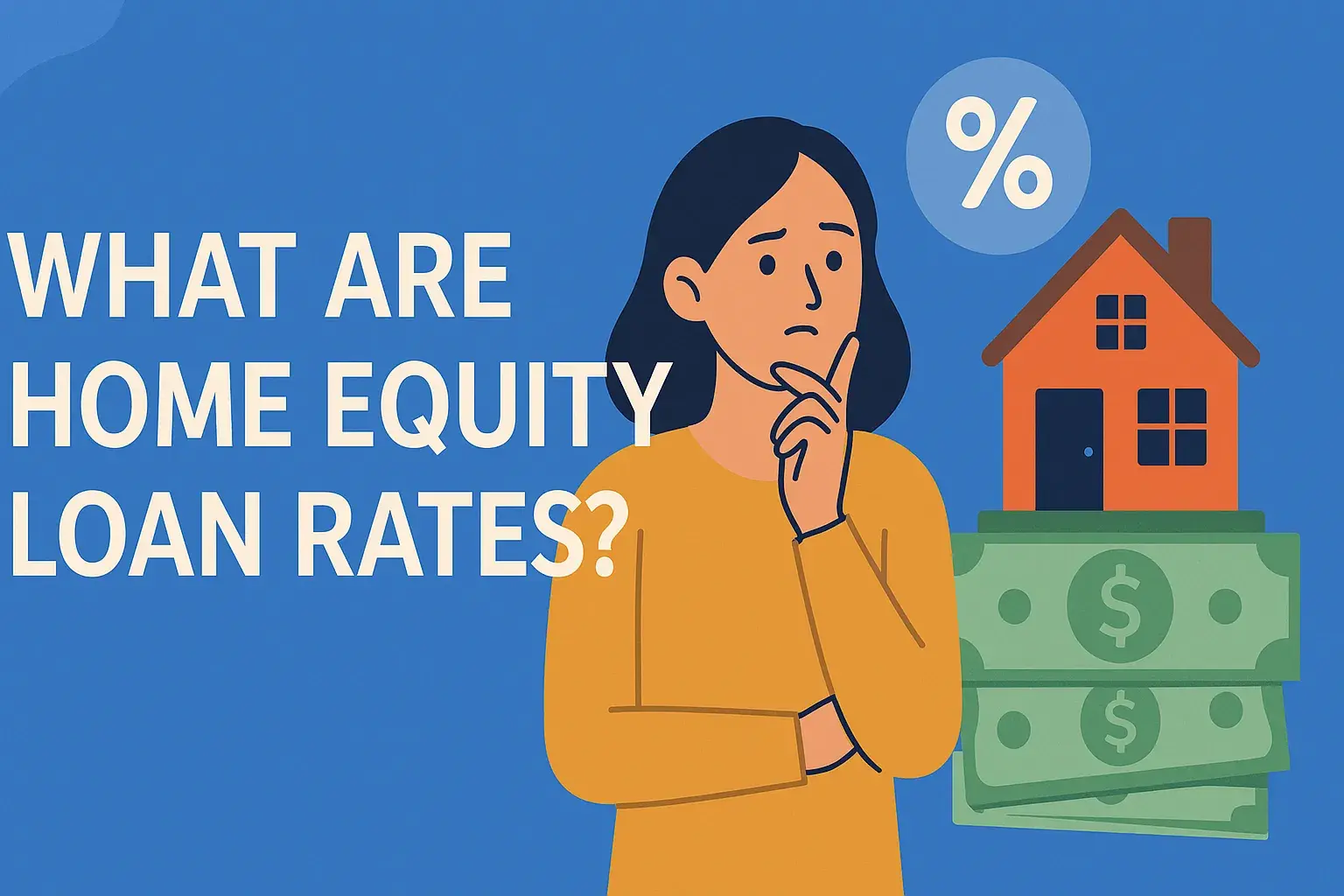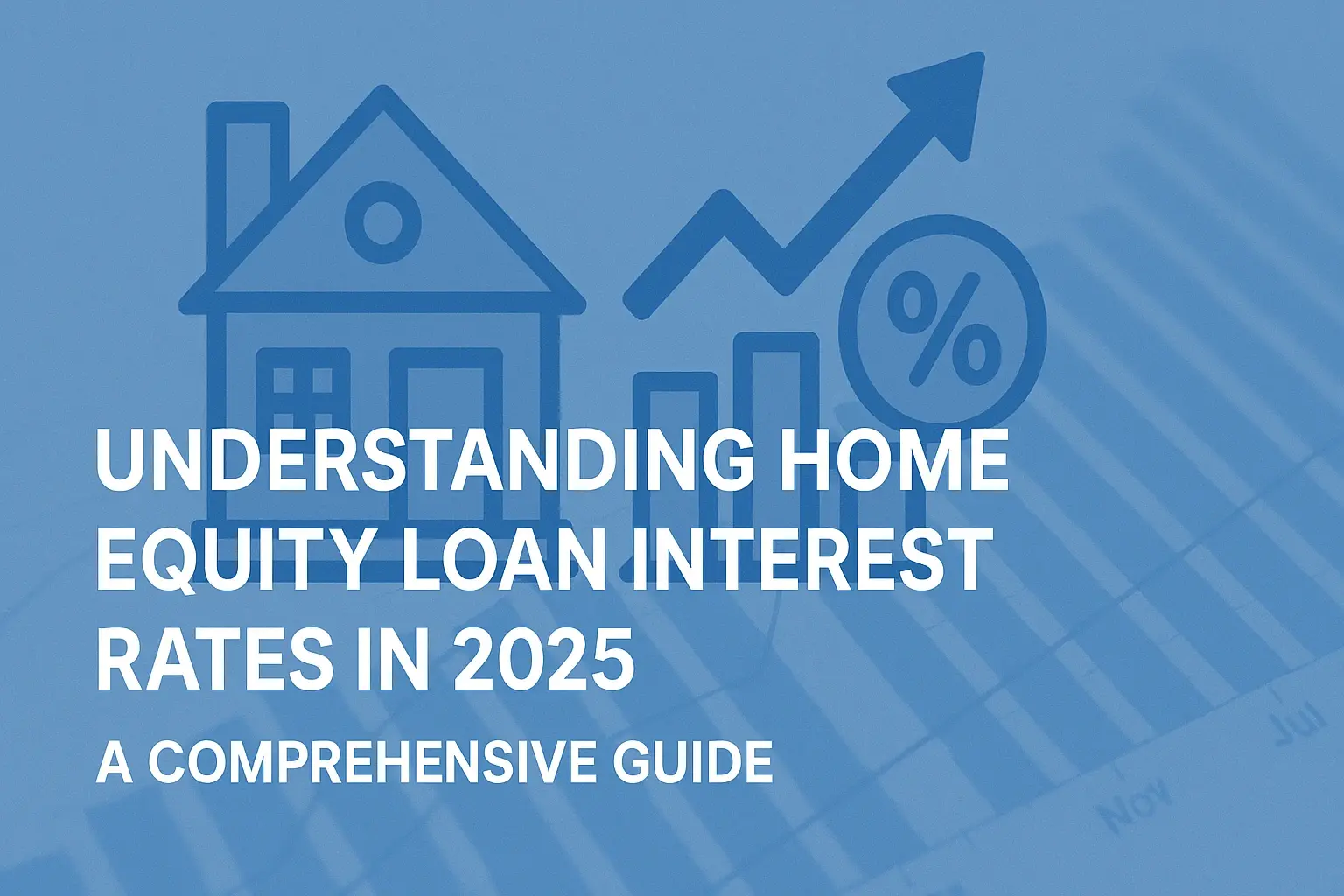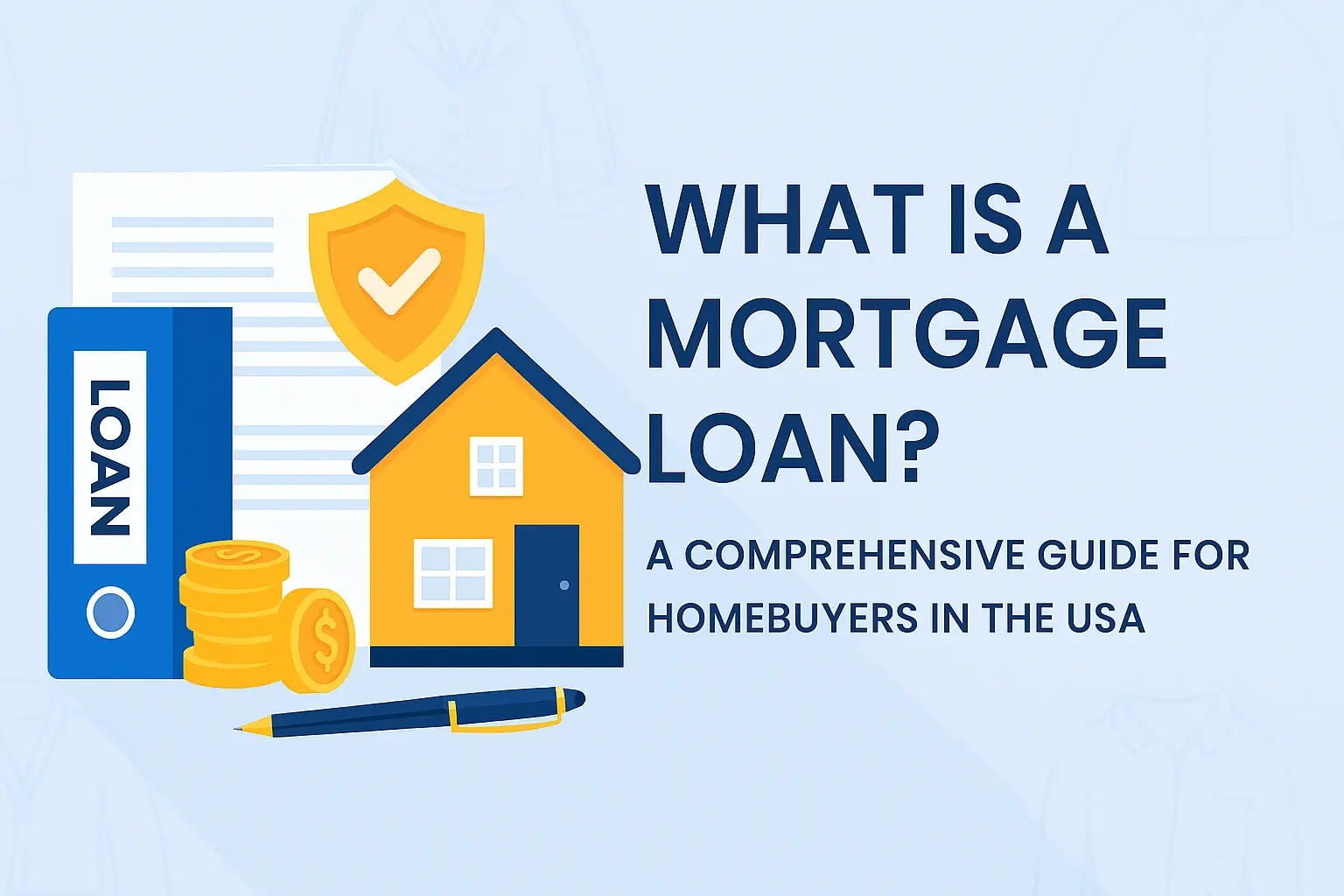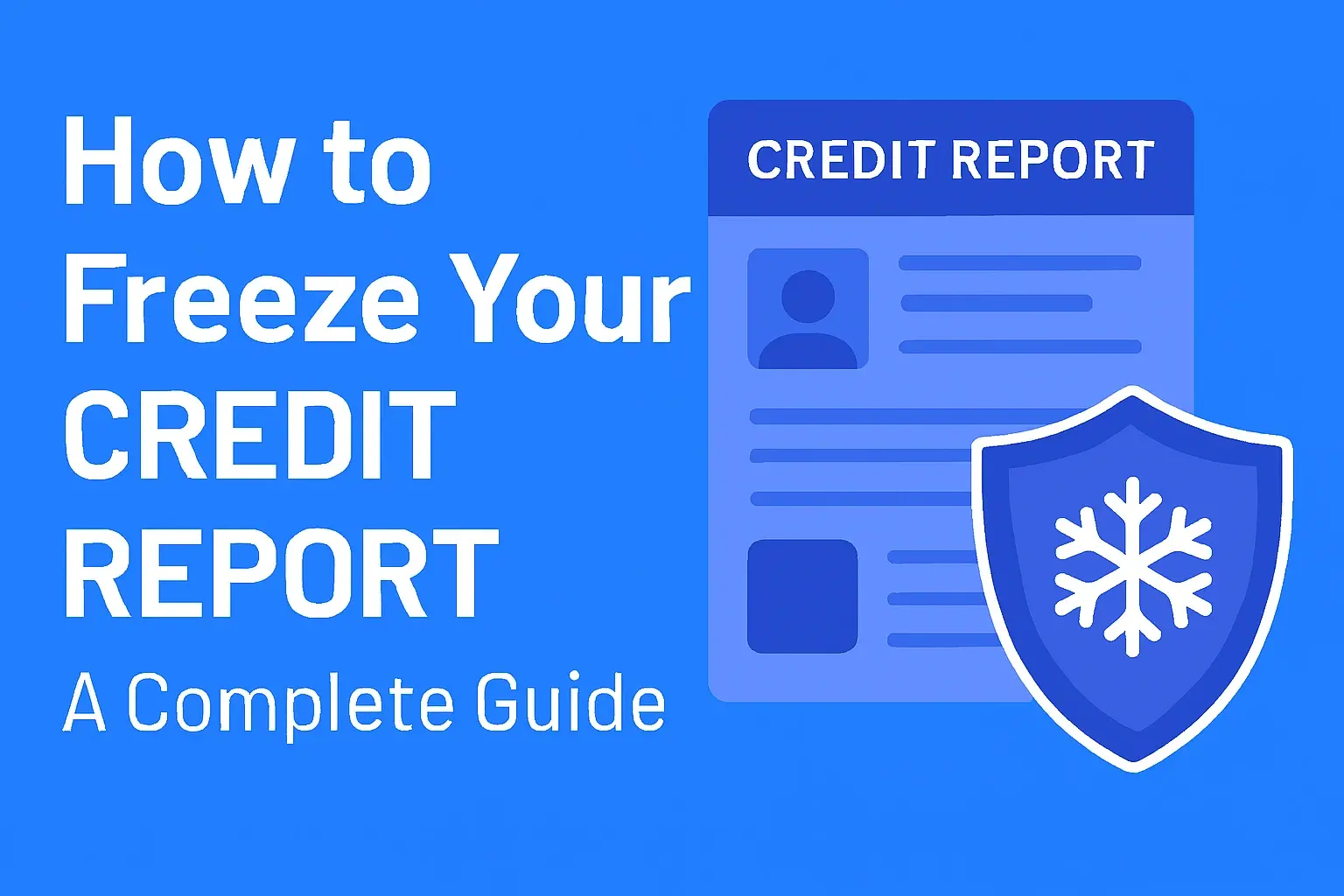-
Posted on: 24 Jun 2025
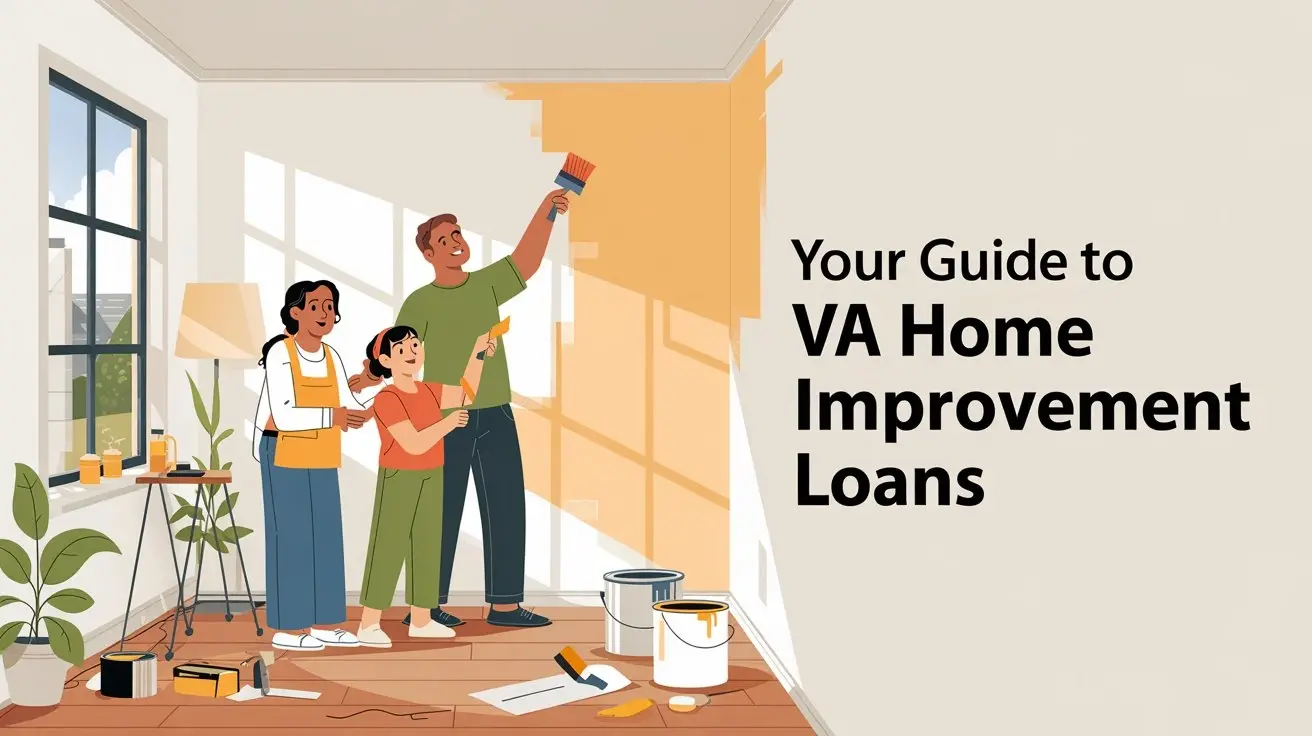
-
Unlock the potential of your home with VA home improvement loans, a powerful financial tool for veterans. This comprehensive guide empowers you to understand eligibility, explore options, and confidently embark on your home transformation journey, enhancing both comfort and value.
Understanding VA Home Improvement Loans
For many veterans and active-duty military personnel, the dream of owning a home is intertwined with the desire to personalize and enhance it. The Department of Veterans Affairs (VA) recognizes this aspiration and offers a suite of loan programs designed to make homeownership more accessible and sustainable. Among these, VA home improvement loans stand out as a crucial resource for those looking to invest in their property's value, functionality, and comfort. Unlike general-purpose loans, VA home improvement loans are specifically tailored to facilitate upgrades and repairs, ensuring that your home not only meets your needs but also reflects your personal style and enhances its long-term worth. These loans leverage the VA's guarantee, which significantly reduces the risk for lenders, often translating into more favorable terms for borrowers, such as lower interest rates and reduced or no down payment requirements. In 2025, the landscape of home financing for veterans continues to evolve, with a strong emphasis on supporting military families in creating stable and desirable living environments. Understanding the nuances of these loans is the first step toward a successful home transformation.
The VA loan program itself is not a direct lender; rather, it guarantees a portion of the loan made by private lenders. This guarantee encourages lenders to offer competitive rates and terms to eligible veterans. When it comes to home improvements, the VA offers flexibility, allowing these loans to be used for a wide range of projects, from essential repairs to significant renovations. This guide aims to demystify the process, providing a clear roadmap for veterans to navigate the options available, understand the eligibility requirements, and confidently embark on their home improvement journey. By leveraging the benefits of VA financing, veterans can transform their houses into dream homes, increasing their equity and overall quality of life.
The Purpose and Benefits of VA Home Improvement Loans
The primary purpose of VA home improvement loans is to empower veterans to invest in their homes, thereby increasing property value, improving habitability, and enhancing energy efficiency. These loans are not merely for cosmetic upgrades; they can cover essential repairs that ensure the safety and structural integrity of a home, as well as modifications that make it more accessible for disabled veterans. The benefits are substantial and multifaceted:
- Enhanced Property Value: Strategic improvements can significantly boost your home's market value, offering a strong return on investment.
- Improved Livability and Comfort: Renovations can modernize your living space, making it more functional, comfortable, and enjoyable.
- Energy Efficiency Upgrades: Loans can fund projects like new insulation, energy-efficient windows, or solar panels, leading to long-term savings on utility bills.
- Accessibility Modifications: For veterans with service-connected disabilities, these loans can finance essential modifications like ramps, wider doorways, and accessible bathrooms.
- Competitive Interest Rates: Due to the VA guarantee, these loans often come with lower interest rates compared to conventional home improvement loans.
- Reduced or No Down Payment: Many VA-backed loans, including those for improvements, may not require a down payment, easing the financial burden.
- No Private Mortgage Insurance (PMI): Unlike conventional loans with less than 20% down, VA loans do not require PMI, saving borrowers significant monthly costs.
In 2025, with rising construction costs and a persistent demand for housing upgrades, the VA loan program remains an invaluable asset for veterans seeking to maintain and enhance their homes without incurring prohibitive debt. The flexibility and favorable terms offered make it a preferred choice for many.
Eligibility Criteria for VA Home Improvement Loans
To qualify for a VA home improvement loan, veterans must meet specific service requirements and possess a Certificate of Eligibility (COE). While the VA guarantees the loan, the lender determines the final approval based on creditworthiness and income. Understanding these criteria is paramount to a successful application.
Service Requirements
The VA has established minimum service periods to qualify for benefits. These generally include:
- During Peacetime: 181 consecutive days of active duty.
- During Wartime: 90 consecutive days of active duty.
- National Guard or Reserves: Six years of service, or 90 days of active duty service, including at least 30 consecutive days.
- Spouses: Surviving spouses of veterans who died in service or from a service-related disability may also be eligible.
It's important to note that specific circumstances can affect eligibility, and it's always best to verify your status with the VA or a VA-approved lender.
Certificate of Eligibility (COE)
The COE is a crucial document that verifies your eligibility for VA home loan benefits. It is typically obtained by the lender on your behalf, but you can also request it directly from the VA. The COE confirms your service record and the amount of entitlement available to you.
Credit Score and Income Requirements
While the VA does not set a minimum credit score, most lenders do. In 2025, a credit score of 620 or higher is generally recommended for VA loan approval, although some lenders may accept lower scores. Lenders will also assess your debt-to-income ratio (DTI) to ensure you can comfortably afford the monthly payments. A DTI of 41% or lower is typically preferred, but this can vary by lender and loan type. Your income must be stable and sufficient to cover your existing debts and the new mortgage payment.
Property Requirements
The property you intend to improve must be your primary residence. The VA also has minimum property requirements (MPRs) to ensure the home is safe, sanitary, and structurally sound. These MPRs are assessed during the VA appraisal process.
Types of VA Loans for Home Improvements
The VA offers several loan programs that can be utilized for home improvements, each with its own nuances and applications. The most common include the VA Purchase Loan with repair escrow, the VA Refinance Loan (IRRRL), and the VA Home Improvement Loan (though this is less common as a standalone product and often integrated into other options).
VA Purchase Loan with Repair Escrow
If you are purchasing a home that requires immediate repairs or renovations, you can incorporate the cost of these improvements into your VA purchase loan. This is often referred to as a "purchase and repair" or "fixer-upper" loan. The loan amount will cover both the purchase price of the home and the estimated cost of the approved repairs. The funds for the repairs are typically held in an escrow account and released to contractors as work is completed. This is a highly effective way to buy a home and immediately begin customizing it to your needs.
Key Features:
- Combines purchase price and renovation costs into a single loan.
- Ideal for properties that need significant work.
- Repairs must be completed within a specified timeframe, usually 120 days.
- The VA appraisal will consider the home's value *after* repairs are completed.
VA Refinance Loan (Interest Rate Reduction Refinance Loan - IRRRL)
The VA IRRRL is designed to help veterans refinance their existing VA-guaranteed loan into a new one with a lower interest rate. While its primary purpose is rate reduction, the IRRRL can also be used to finance minor energy-efficient improvements or certain repairs, provided the cost is minimal and does not significantly alter the loan amount. For substantial improvements, other VA loan options might be more suitable.
Key Features:
- Primarily for lowering interest rates on existing VA loans.
- Can include costs for minor energy-efficient improvements (e.g., insulation, storm windows) up to $6,000 without additional documentation, or up to $3,000 with documentation.
- Streamlined process with fewer documentation requirements than a new loan.
- Must be refinancing an existing VA loan.
VA Home Improvement Loan (Standalone or Integrated)
While not always a distinct product, the concept of a VA home improvement loan often refers to using a VA loan to finance significant renovations. This can be achieved through a VA cash-out refinance if you have substantial equity in your home, or by rolling the costs into a new purchase loan as mentioned above. For existing homeowners looking to finance substantial improvements without refinancing their entire mortgage, a VA cash-out refinance is a common route.
VA Cash-Out Refinance:
- Allows you to refinance your existing mortgage for a higher amount than you currently owe, and receive the difference in cash.
- This cash can be used for any purpose, including extensive home renovations.
- Requires an appraisal and a new loan approval process.
- Eligibility depends on your home's equity and creditworthiness.
In 2025, understanding which loan type best suits your specific renovation goals is crucial. Consulting with a VA-approved lender is the best way to determine the most appropriate option.
The VA Loan Process for Improvements
Navigating the VA loan process for home improvements requires careful planning and adherence to specific steps. While it shares similarities with a standard VA loan application, there are unique considerations for renovation projects.
Step 1: Determine Your Eligibility and Loan Needs
Begin by confirming your VA loan eligibility and obtaining your COE. Assess the scope of your desired improvements and estimate their costs. This will help you determine the loan amount you need. Consider whether you are purchasing a new home with planned renovations or improving your existing primary residence.
Step 2: Find a VA-Approved Lender
Not all lenders are experienced with VA loans, and even fewer specialize in VA renovation loans. Seek out lenders who are knowledgeable about VA programs and have a proven track record with improvement-focused loans. They can guide you through the specific requirements and documentation needed.
Step 3: Get Pre-Approved
Once you have identified a lender, undergo the pre-approval process. This involves a thorough review of your credit history, income, assets, and debts. Pre-approval gives you a clear understanding of how much you can borrow and strengthens your position when making offers on a property or discussing renovation budgets.
Step 4: Property Appraisal and Renovation Scope
If you are purchasing a home with planned renovations, a VA appraisal will be conducted. This appraisal will determine the "as-is" value of the property and its value *after* the proposed repairs are completed. For existing homeowners seeking improvements, a refinance appraisal will be necessary. You will need to provide detailed plans and cost estimates for the proposed improvements to the lender and appraiser. The VA has specific guidelines on what types of improvements are eligible and the required standards.
Step 5: Loan Underwriting and Approval
After the appraisal and all necessary documentation are submitted, the lender's underwriter will review your application and the property details. They will ensure compliance with VA guidelines and lender policies. This stage can take several weeks.
Step 6: Closing the Loan
Once approved, you will proceed to closing. This involves signing all the final loan documents. If you are purchasing a home with renovations, the repair funds will be placed in an escrow account. For a refinance, the new loan will pay off your old mortgage, and any cash-out funds will be disbursed.
Step 7: Renovation and Disbursement of Funds
For purchase and repair loans, the renovation work typically needs to commence within a set period (often 120 days) and be completed within a specified timeframe. Funds are usually disbursed in stages as work progresses, with inspections to verify completion. For cash-out refinances, the cash is disbursed at closing.
Important Considerations for Renovation Loans:
- Contractor Selection: You will likely need to use licensed and insured contractors. Some lenders may have preferred contractor lists or require specific vetting processes.
- Repair Escrow Management: The lender will manage the escrow account, releasing funds based on progress and inspections.
- VA Approval of Repairs: The VA has specific requirements for the types of repairs and renovations that can be financed. Essential repairs, energy efficiency upgrades, and accessibility modifications are generally prioritized.
The process can seem complex, but working closely with an experienced VA lender will streamline the journey to your improved home.
Maximizing Your VA Loan for Home Upgrades
To make the most of your VA home improvement loan, strategic planning and understanding the program's capabilities are key. Here’s how veterans can maximize their VA loan for home upgrades in 2025:
Prioritize Essential and High-ROI Improvements
Focus on renovations that address critical needs (e.g., roofing, HVAC, plumbing) or offer a significant return on investment. Energy-efficient upgrades, kitchen and bathroom remodels, and structural repairs often fall into these categories. These not only enhance your living experience but also increase your home's market value.
Understand Loan Limits and Entitlement
While the VA does not impose a maximum loan limit for veterans with full entitlement, lenders will base loan approval on your financial capacity. Know your VA loan entitlement – this is the amount the VA guarantees to the lender. Full entitlement generally means no down payment is required. Understanding these limits helps in budgeting for your project.
Leverage Energy-Efficient Upgrades
The VA strongly encourages energy-efficient improvements. Loans can cover upgrades like new insulation, high-efficiency windows, energy-efficient appliances, and solar panel installations. These not only reduce your utility bills but also contribute to a more sustainable home. Some lenders may offer slightly better terms for loans with a significant portion dedicated to energy efficiency.
Consider Accessibility Modifications
For veterans with service-connected disabilities, VA loans can be a vital tool for making homes accessible. Modifications such as ramps, grab bars, wider doorways, and accessible bathrooms can be financed. These improvements are not only functional but can significantly improve a veteran's quality of life and independence.
Plan for Future Needs
Think beyond immediate needs. Consider how your home might need to adapt in the future. For instance, if you plan to age in place, incorporating universal design principles during renovations can save significant costs down the line.
Shop Around for Lenders
Interest rates, fees, and loan terms can vary significantly between lenders. Obtain quotes from multiple VA-approved lenders, paying close attention to the Annual Percentage Rate (APR), which includes fees and interest. This diligence can save you thousands of dollars over the life of the loan.
Negotiate Terms and Fees
Don't hesitate to negotiate with lenders. Discuss origination fees, appraisal fees, and other closing costs. A strong credit score and a clear financial picture can give you leverage in these negotiations.
Factor in Unexpected Costs
Renovation projects rarely go exactly as planned. Always include a contingency fund (typically 10-20% of the estimated renovation cost) in your budget to cover unforeseen expenses. This is crucial for keeping your project on track and avoiding financial strain.
By adopting a strategic approach, veterans can effectively utilize VA home improvement loans to not only enhance their current living situation but also build long-term equity and value in their homes.
Common Home Improvements Funded by VA Loans
VA home improvement loans offer broad flexibility, allowing for a wide array of upgrades. The key is that the improvements must generally enhance the property's value, usability, or safety. Here are some of the most common and effective home improvements funded by VA loans:
Kitchen and Bathroom Remodels
These are consistently among the most popular renovation projects. Modernizing kitchens and bathrooms can significantly increase a home's appeal and resale value. This includes updating cabinetry, countertops, fixtures, flooring, and appliances.
Roofing and Structural Repairs
Essential repairs that ensure the safety and integrity of the home are prime candidates for VA loan funding. This includes replacing or repairing roofs, foundation work, addressing structural damage, and repairing or replacing siding.
HVAC System Upgrades
Installing new, energy-efficient heating, ventilation, and air conditioning (HVAC) systems can lead to substantial long-term savings on utility bills and improve indoor comfort. This includes central air conditioning, furnaces, and heat pumps.
Window and Door Replacements
Replacing old, inefficient windows and doors with modern, energy-efficient models can improve insulation, reduce energy costs, and enhance the home's aesthetics. This also includes upgrading exterior doors for security and energy efficiency.
Energy Efficiency Improvements
Beyond windows and HVAC, this category includes adding insulation to attics and walls, installing energy-efficient water heaters, and upgrading to LED lighting. These improvements contribute to sustainability and lower utility expenses.
Accessibility Modifications
For veterans with disabilities, modifications to improve accessibility are crucial. This can include:
- Installing ramps and handrails
- Widening doorways and hallways
- Modifying bathrooms with roll-in showers, grab bars, and raised toilets
- Lowering countertops and kitchen cabinets
- Installing stairlifts or elevators
Landscaping and Exterior Enhancements
While cosmetic landscaping might be limited, improvements that enhance usability and safety, such as building decks, patios, fences, or driveways, can be eligible. Grading and drainage improvements to prevent water damage are also often covered.
Basement and Attic Finishing
Converting unfinished basements or attics into usable living space, such as bedrooms, home offices, or recreational areas, can add significant square footage and value to a home.
Plumbing and Electrical System Upgrades
Replacing outdated plumbing systems, re-piping, or upgrading electrical panels and wiring to meet modern safety standards are essential improvements that can be financed.
Pool Installation (Limited Circumstances)
In some cases, pool installations might be considered if they are deemed necessary for therapeutic reasons for a disabled veteran, subject to strict VA and lender approval. This is not a common use case.
Important Note: The VA appraisal will assess the necessity and value added by these improvements. It's always advisable to discuss your specific renovation plans with your VA-approved lender to ensure they align with VA guidelines and will be approved.
Alternatives and Considerations
While VA home improvement loans offer significant advantages for eligible veterans, it's wise to consider other financing options and potential drawbacks. Understanding these alternatives can help you make the most informed decision for your financial situation.
Other Loan Options for Home Improvements
If a VA loan isn't the best fit or you've exhausted your VA benefits, several other financing avenues exist:
- Conventional Home Equity Loans/Lines of Credit (HELOCs): If you have substantial equity in your home, these can be a good option. Home equity loans provide a lump sum, while HELOCs offer a revolving line of credit. Interest rates can be competitive, but they often require a down payment and PMI if your loan-to-value ratio is high.
- FHA Loans: The Federal Housing Administration (FHA) offers loans that can be used for home improvements, often with more lenient credit requirements than conventional loans. However, they typically require mortgage insurance premiums (MIP).
- HomeStyle Renovation Loans (Fannie Mae): These loans allow you to finance both the purchase of a home and its renovation costs in a single loan. They are available to a broader range of borrowers than VA loans.
- Personal Loans: For smaller improvement projects, unsecured personal loans might be an option. They are generally easier to obtain but come with higher interest rates.
- Contractor Financing: Some contractors offer in-house financing or partnerships with lenders. Be cautious and compare rates carefully, as these can sometimes be more expensive.
- Cash Savings: The most cost-effective method, if feasible, is to pay for improvements with cash. This avoids interest payments and fees altogether.
Potential Drawbacks of VA Home Improvement Loans
While beneficial, VA loans do have considerations:
- Appraisal Requirements: The VA appraisal process can sometimes be more rigorous, especially for renovation loans, ensuring the property meets Minimum Property Requirements (MPRs). This can add time to the closing process.
- Lender Fees: While the VA funding fee is often waived for veterans with service-connected disabilities, other lender fees can apply. It's crucial to understand all associated costs.
- VA Funding Fee: For most veterans, a VA funding fee is required. This fee is a percentage of the loan amount and helps offset the cost to taxpayers for the VA guarantee. It can be financed into the loan or paid upfront.
- Property Restrictions: Not all properties qualify for VA loans, and certain types of improvements may not be permitted or may require specific approvals.
- Eligibility Limitations: Not all veterans are eligible for VA loans, and specific service requirements must be met.
Making the Right Choice
When deciding on the best financing for your home improvement project in 2025, weigh the following:
- Your Eligibility: Are you a veteran with qualifying service? Do you have your COE?
- The Scope of Work: Are you doing minor cosmetic updates or major structural renovations?
- Your Financial Situation: What is your credit score, income, and debt-to-income ratio? How much equity do you have in your home?
- Interest Rates and Fees: Compare the APRs and all associated costs across different loan types.
- Loan Terms: Consider the repayment period and any prepayment penalties.
Consulting with a VA-approved lender is essential. They can explain the nuances of VA loans and help you compare them with other available financing options to find the solution that best fits your unique needs and goals.
Tips for a Successful Improvement Project
Embarking on a home improvement project, especially one financed by a VA loan, requires careful planning and execution. By following these tips, you can increase the likelihood of a smooth and successful transformation of your home:
1. Detailed Planning and Budgeting
Create a Comprehensive Plan: Before you even speak to a lender, clearly define your project goals. What do you want to achieve? What are the must-haves versus the nice-to-haves? Document everything, including desired materials and finishes.
Develop a Realistic Budget: Obtain detailed quotes from contractors for all aspects of the project. Crucially, include a contingency fund of 10-20% for unexpected costs. This buffer is vital for preventing project derailment.
2. Choose the Right Lender and Contractor
Select a VA-Savvy Lender: Work with lenders who have extensive experience with VA renovation loans. They will understand the specific requirements and can guide you through the process more efficiently.
Vet Your Contractor Thoroughly: Research potential contractors. Check their licenses, insurance, and references. Look for contractors with experience working with VA-financed projects, as they will be familiar with the inspection and documentation requirements.
3. Understand the VA Loan Requirements
Know the MPRs: Familiarize yourself with the VA's Minimum Property Requirements (MPRs). Your project must align with these standards to ensure the home is safe, sanitary, and structurally sound.
Document Everything: Keep meticulous records of all contracts, invoices, permits, and communication with contractors and lenders. This documentation is crucial for the VA loan process and for your own records.
4. Manage the Renovation Process
Regular Communication: Maintain open and frequent communication with your contractor. Schedule regular site visits and progress meetings to stay informed and address any issues promptly.
Monitor Progress Closely: Ensure the work is progressing according to the agreed-upon timeline and specifications. If using an escrow account for repairs, understand the disbursement schedule and inspection requirements.
Be Prepared for Delays: Home improvement projects can encounter unforeseen delays due to weather, material availability, or inspection scheduling. Maintain patience and flexibility.
5. Focus on Value and Longevity
Prioritize Essential Repairs: Address critical structural, plumbing, electrical, and roofing issues before focusing on cosmetic upgrades. These are often required by the VA and are essential for the home's long-term health.
Invest in Energy Efficiency: Incorporating energy-efficient features can lead to significant long-term savings and increase the home's overall value and appeal.
Consider Future Needs: Think about how your needs might change over time. Incorporating universal design principles can make your home more adaptable for aging in place or for potential future buyers.
6. Finalize and Enjoy
Final Inspections: Ensure all work is completed to your satisfaction and meets VA requirements. Obtain all necessary final inspections and approvals.
Celebrate Your Transformation: Once the project is complete and all paperwork is finalized, take time to enjoy your newly improved home. You've earned it!
By approaching your VA home improvement loan project with diligence, clear communication, and a focus on quality, you can successfully transform your house into a dream home that meets your needs and enhances your quality of life.
Conclusion
VA home improvement loans represent a significant opportunity for veterans to invest in their homes, enhancing their value, comfort, and functionality. By understanding the eligibility criteria, exploring the various loan options like purchase and repair loans or cash-out refinances, and meticulously following the application process, veterans can confidently embark on their home transformation journey. Prioritizing essential upgrades, leveraging energy-efficient solutions, and meticulously planning your budget are key to maximizing the benefits of this valuable VA benefit. Remember to partner with experienced VA-approved lenders and reputable contractors to ensure a smooth and successful project. With careful consideration and strategic execution, your VA home improvement loan can turn your house into the home you've always envisioned, reflecting your service and your aspirations.


